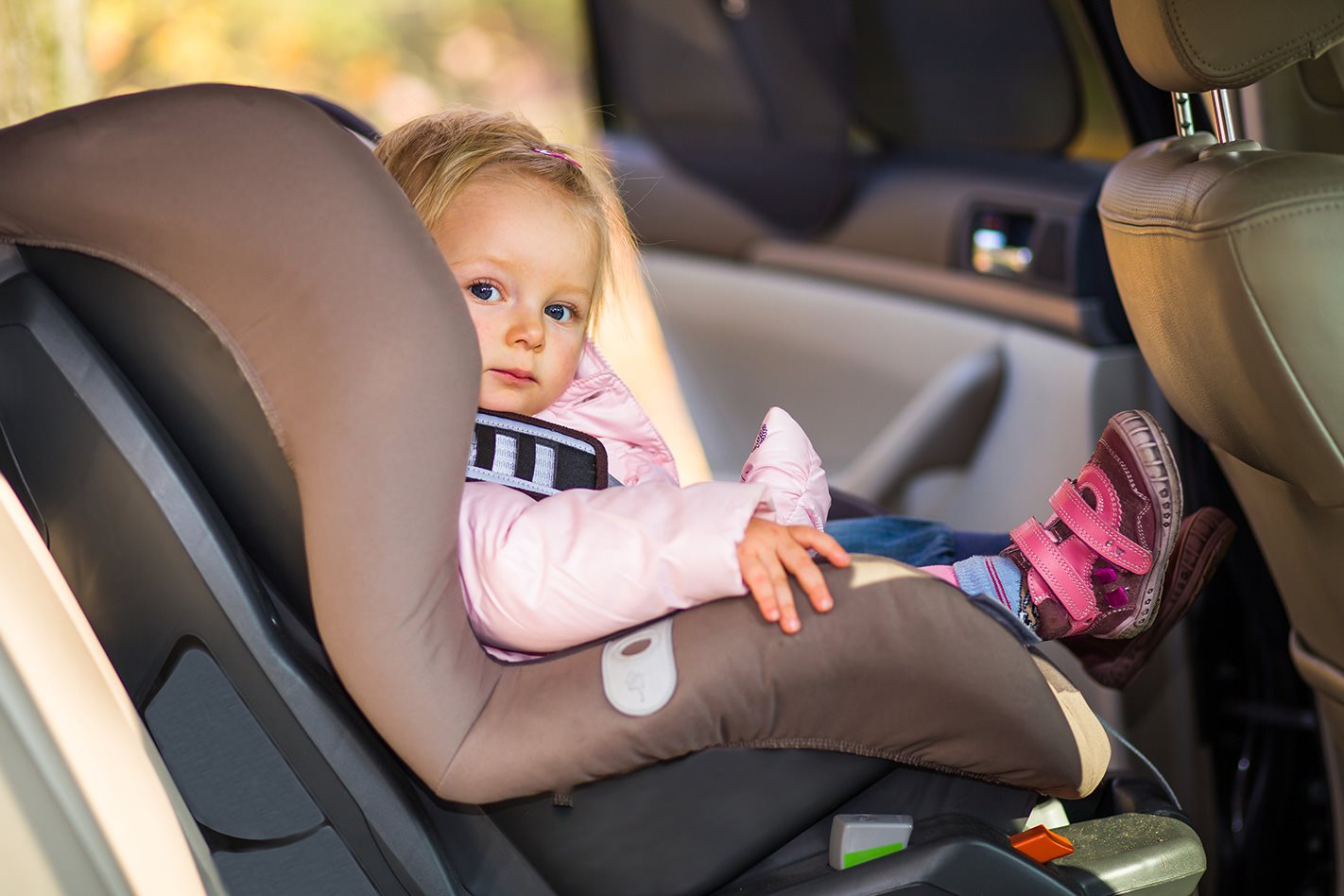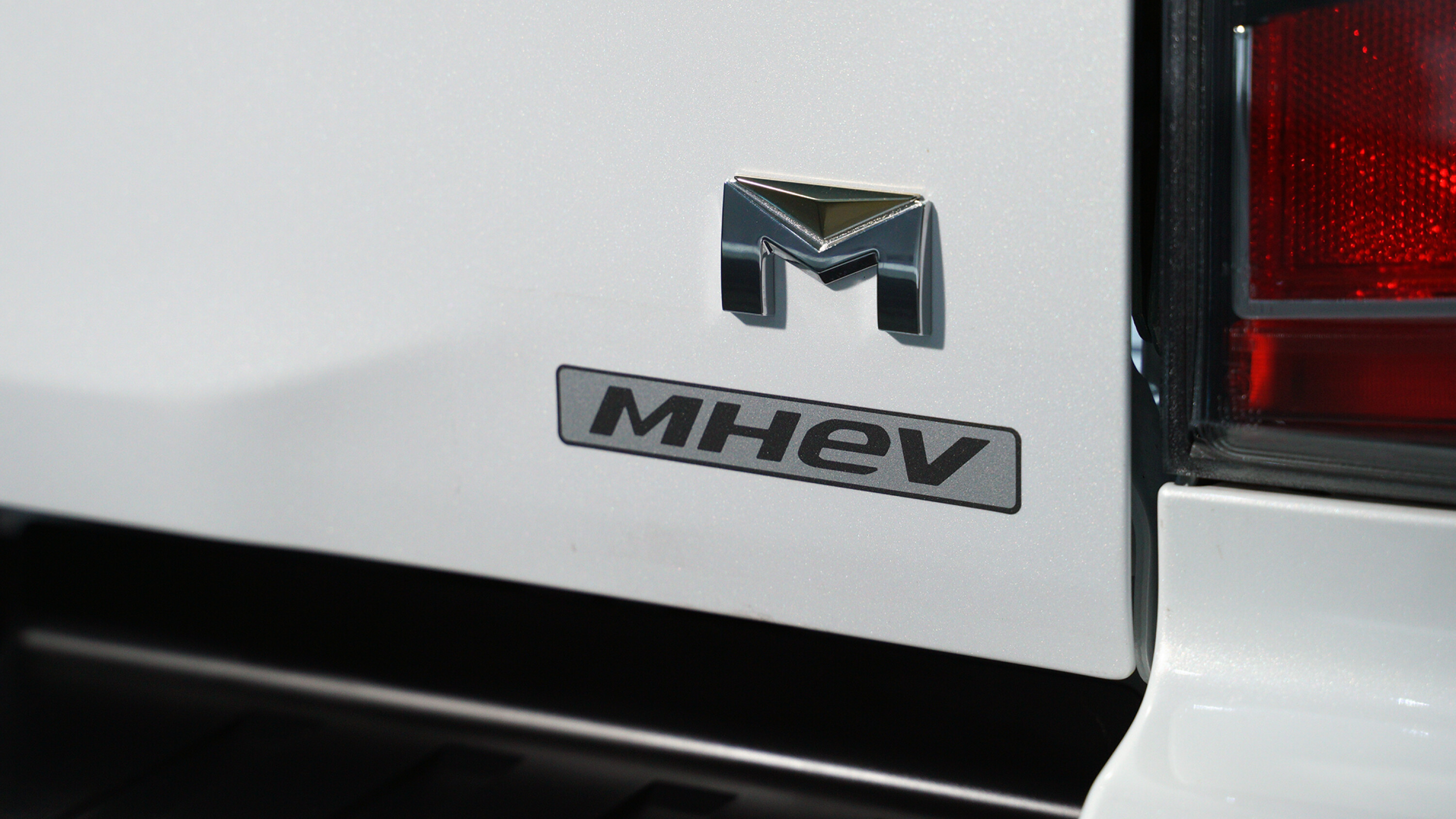
Parents should move infants into rear-facing convertible car seats before babies turn a year old, according to a new study by Consumer Reports.
The findings suggest leaving children in infant carriers until they are one could put your precious cargo at risk of head injury or even death.
According to the most recent statistics from the Australian Bureau of Statistics, motor accidents are the most common cause of fatal injury to children in Australia. Last year, approximately 35 children under 14 died as a result of a car crash, according to the Australian Road Deaths Database.
Consumer Reports, a US-based not-for-profit organisation, tested rear-facing capsules and rear-facing convertible seats using a dummy which weighed the same as the average one-year-old.
Based on the results, it found more than 50 per cent of one-year-olds in a capsule were likely to suffer impact to the head. The rear-facing convertible seats, however, protected all dummies from head trauma, except one.
According to the organisation, “head contact for children in crashes is a major cause of injuries and death”.
For parents, child safety is paramount in car and car-seat purchases and despite a common perception that a child can remain in an infant capsule until its first birthday, Consumer Reports said, “based on Consumer Choice’s recent car seat testing, we’re now urging parents to move older babies from their rear-facing infant carrier to a rear-facing convertible seat sooner rather than later.”
A video released by the organisation states, “a child is technically too tall for their infant seat when they exceed its height limits or their head is less than one inch from the top of the carrier shell.”
Australian laws state children over six months can be moved into a forward-facing restraint but the Child Accident Prevention Foundation of Australia recommends infants remain in a rear-facing restraint for as long as possible and should only be moved to a forward-facing seat when they’ve outgrown the rear-facing restraint. In its ‘Best Practice Child Restraint Guidelines’, it says once a child’s shoulders are above the height marker, or if their shoulders sit above the top shoulder harness strap slot in the absence of a marker, the child is too tall and should move to a larger restraint system.
Looking for information? Now read our Australian guide to child car seats.



